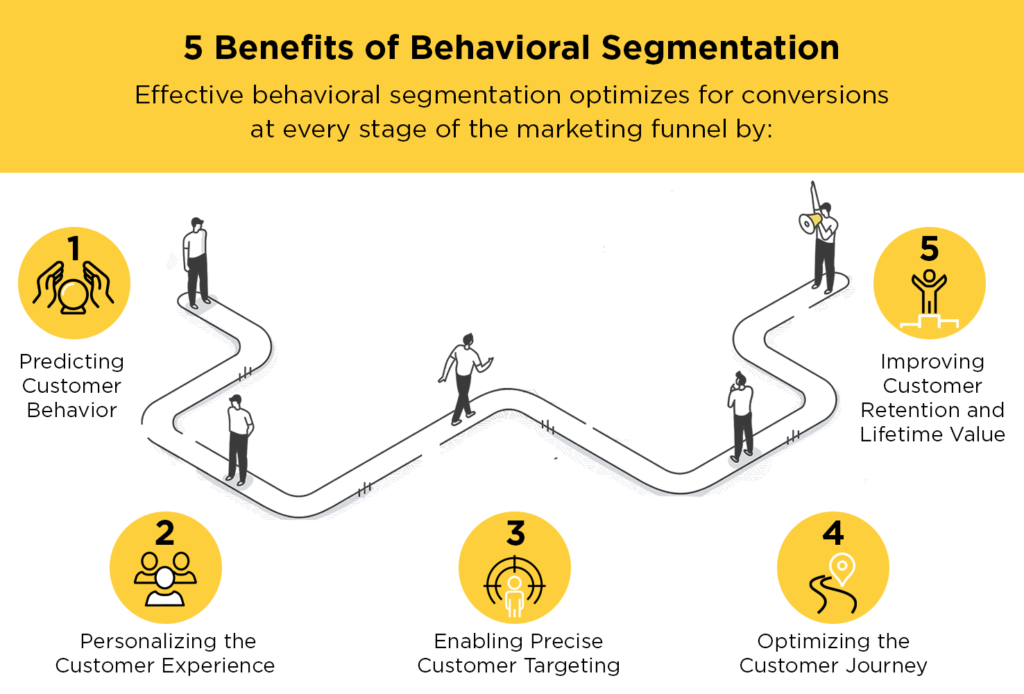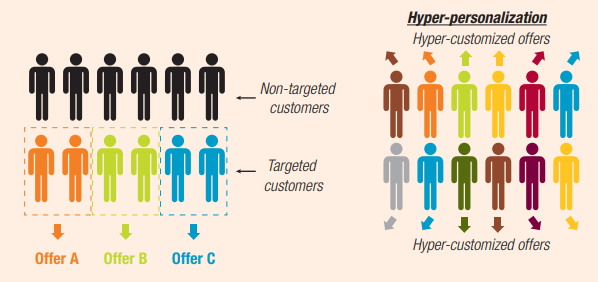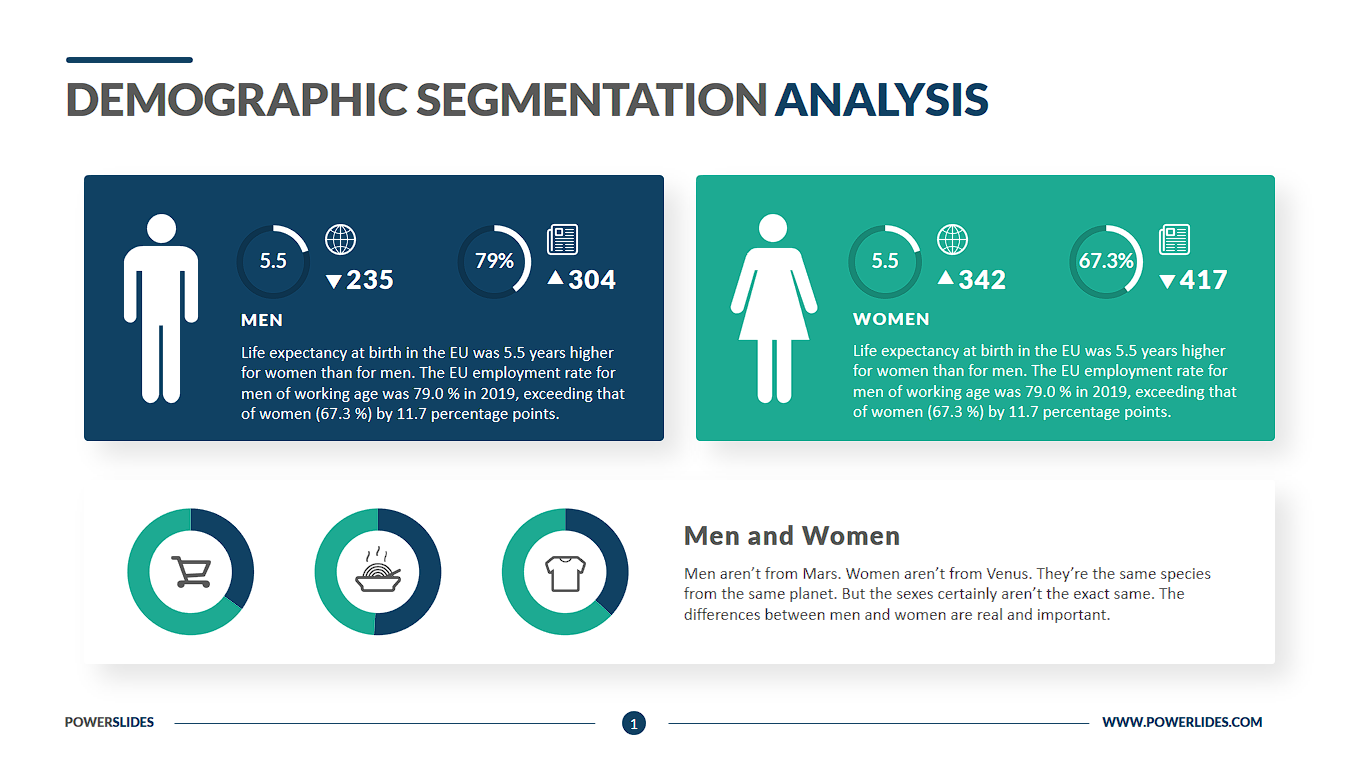In the world of marketing, understanding your customers is paramount. One way to achieve this is through behavioral and attitudinal segmentation.
This article dives deep into what these concepts are, why they matter, and how to effectively implement them to drive meaningful results.
By combining behavioral and attitudinal insights, marketers can craft campaigns that resonate with specific customer segments, boosting engagement and conversions.
Defining Behavioral and Attitudinal Segmentation
Behavioral Segmentation
Behavioral segmentation involves dividing customers into groups based on their behaviors toward products or services. This segmentation considers factors such as:
- Purchase Behavior: Frequency, timing, and amount of purchases.
- Usage Patterns: How often customers use a product or service.
- Loyalty: Long-term commitment to a brand or product.
- Response to Marketing Efforts: Interaction with promotional campaigns, such as email click-through rates or ad engagement.
For example, a streaming service might identify frequent viewers who binge-watch versus those who only stream occasionally, tailoring recommendations accordingly.
Attitudinal Segmentation
Attitudinal segmentation focuses on customers’ beliefs, values, and opinions. This segmentation sheds light on why customers make specific decisions, such as:
- Cultural Values: What societal norms or personal ethics influence their choices?
- Emotional Motivators: What feelings drive their behavior, like trust, excitement, or nostalgia?
- Opinions About Products: Do they see the product as innovative, reliable, or overpriced?
A company might use attitudinal segmentation to identify eco-conscious customers and promote sustainable products to this group.
Why Behavioral and Attitudinal Segmentation Matters
Combining these two approaches offers a more comprehensive understanding of customer needs and preferences. By leveraging both, marketers can:
- Create Targeted Campaigns: Develop messaging and offers tailored to specific segments.
- Enhance Customer Experience: Address individual pain points and preferences.
- Increase ROI: Focus marketing resources on segments most likely to convert.
- Improve Product Development: Align products or services with customer expectations.
For instance, a company identifying its most loyal customers through behavioral segmentation can use attitudinal insights to create rewards programs that resonate deeply with this group.
Implementing Behavioral and Attitudinal Segmentation
Step 1: Data Collection
Collecting comprehensive data is the foundation of segmentation. Use diverse methods to capture both behavioral and attitudinal insights, including:
- Surveys and Polls: Direct feedback on customer attitudes and satisfaction.
- Focus Groups: In-depth discussions to uncover motivations and opinions.
- Website Analytics: Track user behavior such as page views and time spent.
- Social Media Insights: Monitor likes, shares, and comments for attitudinal signals.
Step 2: Data Analysis
Advanced analytics tools, such as machine learning and natural language processing, can uncover patterns in customer behavior and sentiment. Identify trends, such as customers who frequently buy during sales and also express price sensitivity in surveys.
Step 3: Segment Creation
Develop clear and actionable customer segments based on your analysis. Examples include:
- Price-sensitive frequent buyers.
- Brand-loyal customers with high trust levels.
- New customers with a preference for discounts.
Step 4: Tailored Marketing Campaigns
Once segments are defined, create campaigns tailored to their unique preferences. For example:
- Frequent buyers: Offer exclusive early access to new products.
- Eco-conscious customers: Highlight sustainable sourcing in promotional materials.
Step 5: Continuous Monitoring
Customer behaviors and attitudes evolve. Regularly review and update segments to maintain relevance, ensuring campaigns remain effective.
Common Mistakes in Behavioral and Attitudinal Segmentation
- Insufficient Data Collection Without enough data, segments may lack depth or accuracy. Use multiple sources to build a well-rounded understanding.
- Relying on Single Data Sources Using only one data source, like surveys, risks bias. Combine surveys with analytics, social media, and other inputs for a complete view.
- Ignoring Segment Evolution Customer preferences change over time. Failing to update segments can result in outdated marketing strategies.
- Not Aligning Segmentation With Strategy Segmentation is only valuable if integrated into broader marketing strategies. Ensure insights inform campaign planning and execution.
- Excluding Key Stakeholders Involve all relevant departments in the segmentation process to ensure buy-in and effective implementation.
Best Practices for Behavioral and Attitudinal Segmentation
- Diversify Data Sources Combine qualitative methods like focus groups with quantitative data from analytics platforms for richer insights.
- Leverage Advanced Tools Use machine learning and sentiment analysis to uncover nuanced patterns in customer data.
- Regularly Update Segments Reassess and refine segments at least quarterly to reflect changes in customer behavior and market trends.
- Integrate Segmentation Into Strategy Use segmentation insights to guide product development, pricing, and customer service in addition to marketing.
- Engage Stakeholders Foster collaboration across teams, including marketing, product, and customer service, to align efforts.
Examples of Behavioral and Attitudinal Segmentation
Retail Example
A retail company identifies loyal customers using behavioral data (e.g., repeat purchases). Attitudinal insights reveal these customers value exclusivity. The company launches a VIP program offering early access to new products and personalized styling sessions.
Financial Services Example
A bank uses behavioral segmentation to target customers interested in investment products. Attitudinal analysis shows these customers prefer low-risk options. The bank creates a campaign highlighting its secure mutual fund offerings.
Healthcare Example
A clinic identifies patients who haven’t visited in a year through behavioral data. Attitudinal segmentation reveals they’re concerned about long wait times. The clinic develops a campaign emphasizing reduced wait times and offers free initial consultations to entice them back.
Conclusion
Behavioral and attitudinal segmentation is a powerful strategy for marketers aiming to connect with their audience on a deeper level. By understanding both what customers do and why they do it, businesses can craft personalized experiences that drive engagement and loyalty. By avoiding common pitfalls and following best practices, organizations can maximize the effectiveness of their segmentation efforts, ultimately leading to stronger customer relationships and improved ROI.
For further insights and tools to enhance your marketing strategy, explore these resources:
- HubSpot’s Guide to Customer Segmentation
- Google Analytics Behavioral Data
- Qualtrics Customer Experience Solutions
- Hootsuite’s Social Listening Tools
Start segmenting smarter today and watch your marketing efforts thrive!
The image used in this post belongs to Namogoo.


